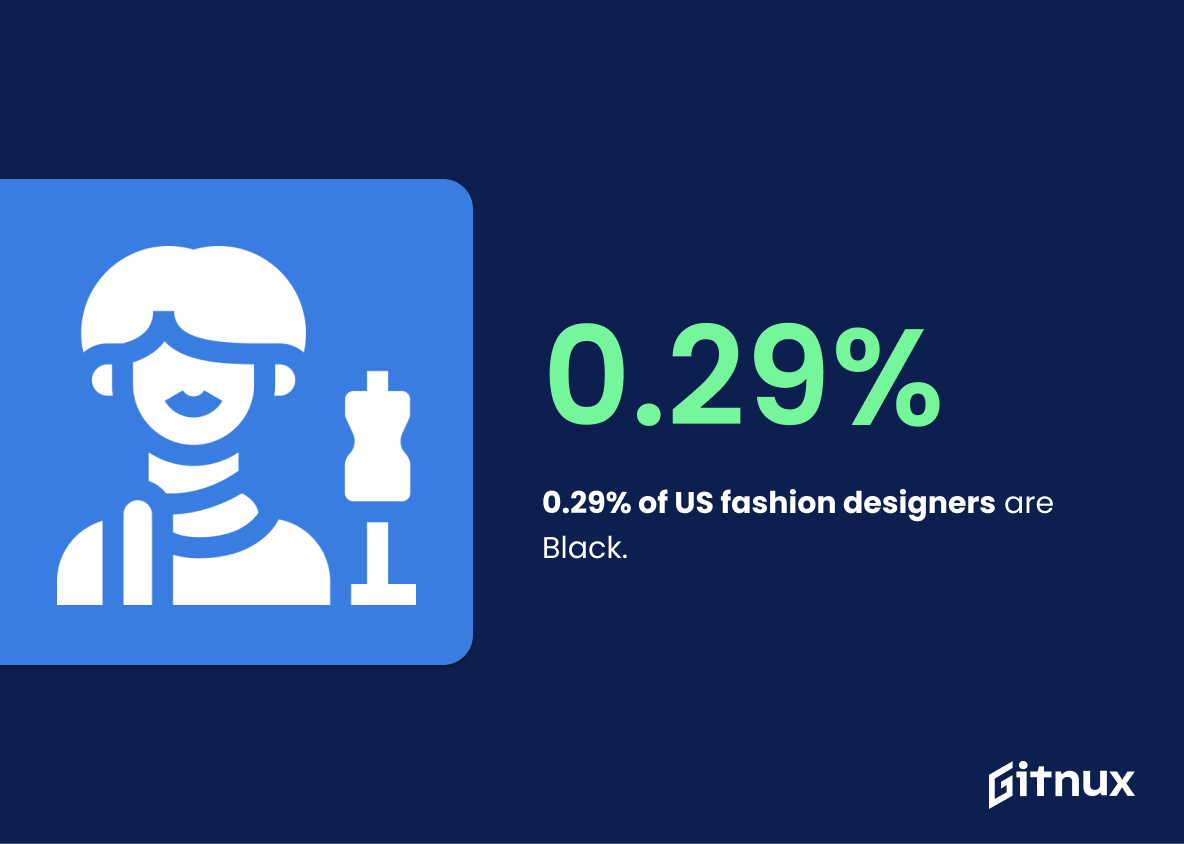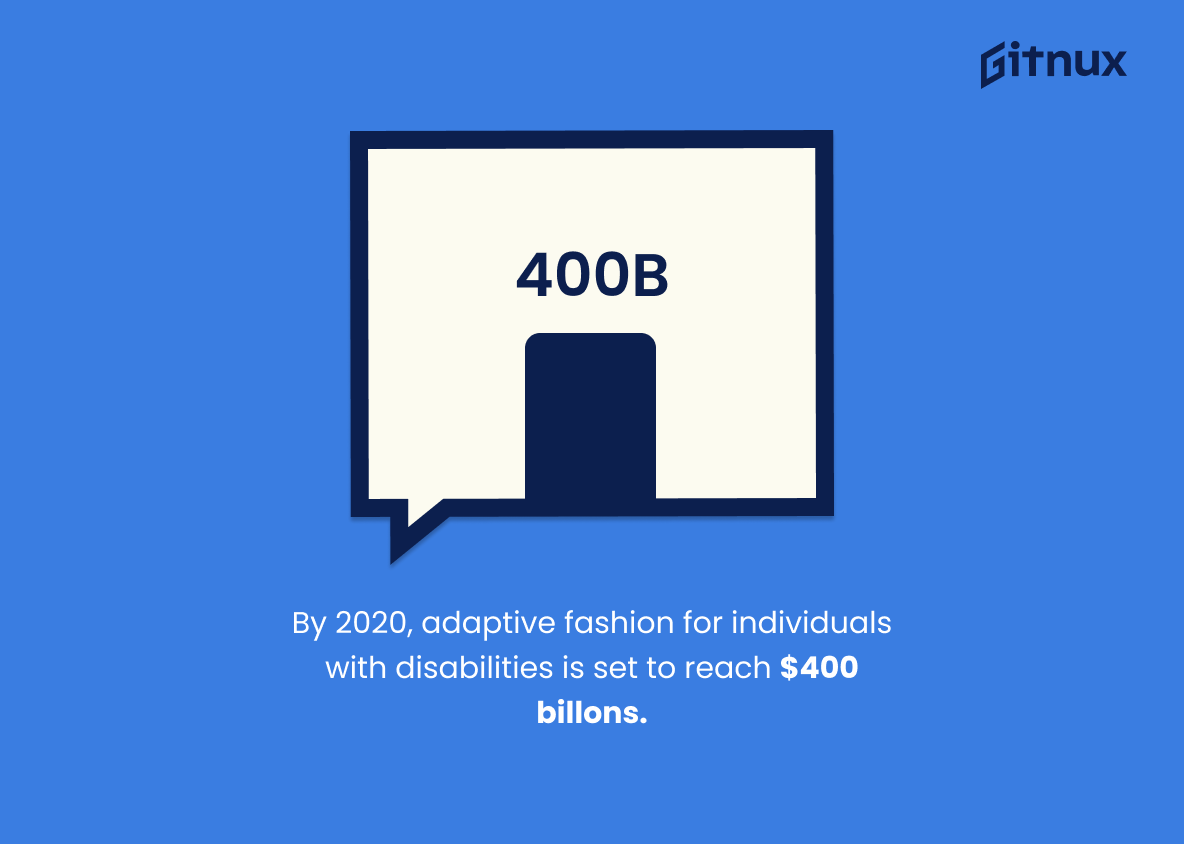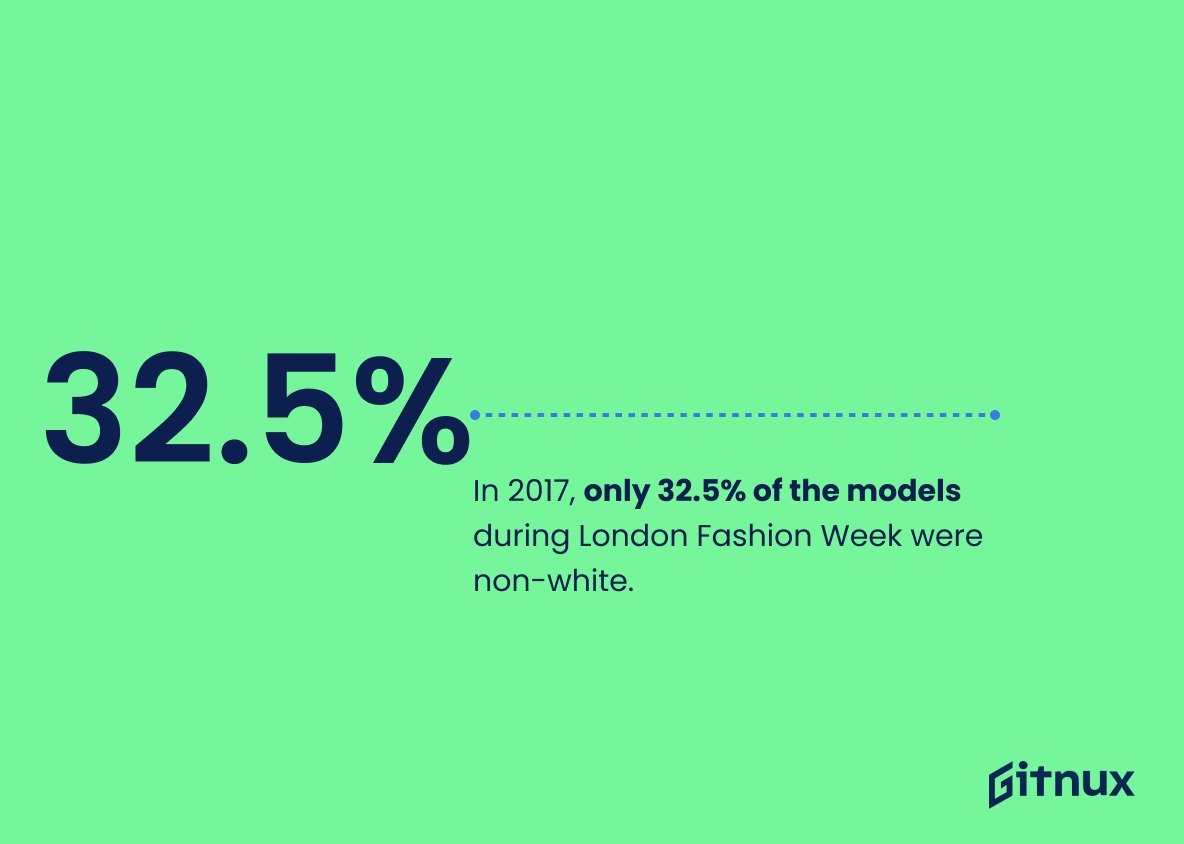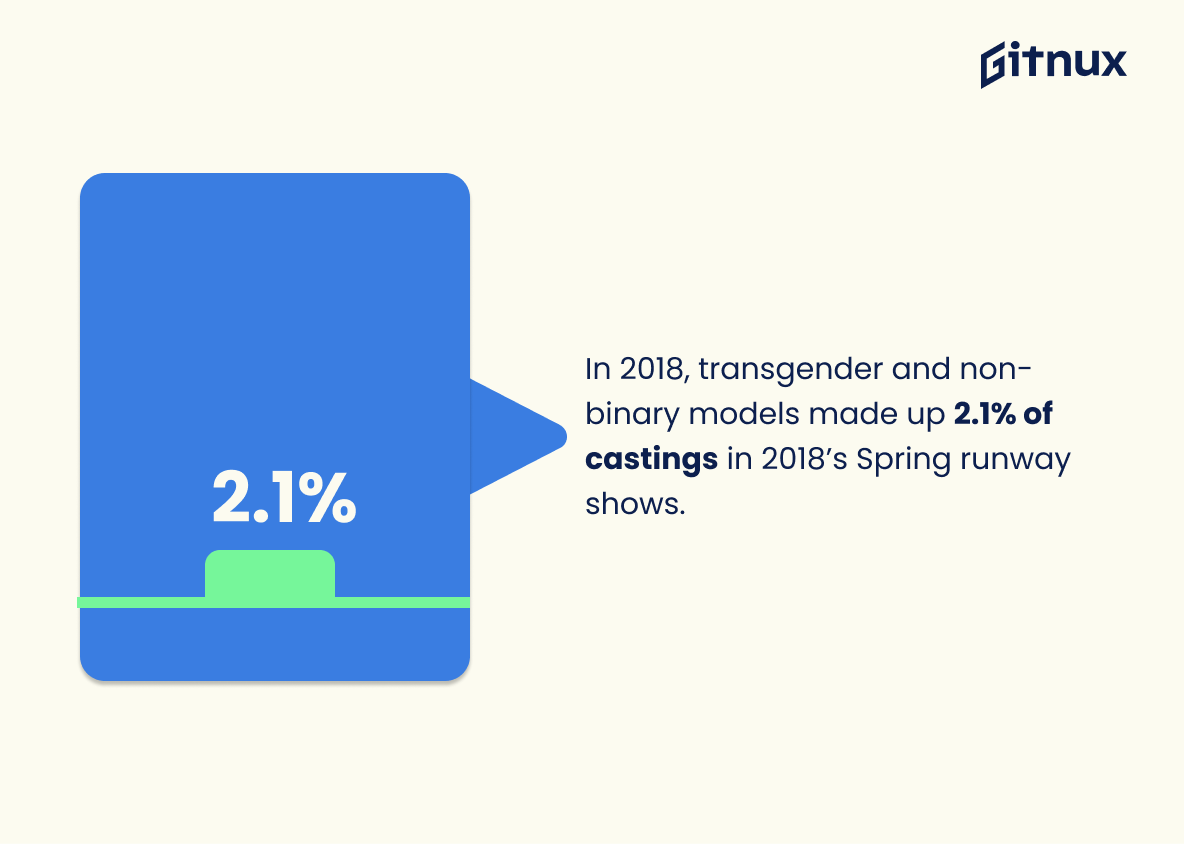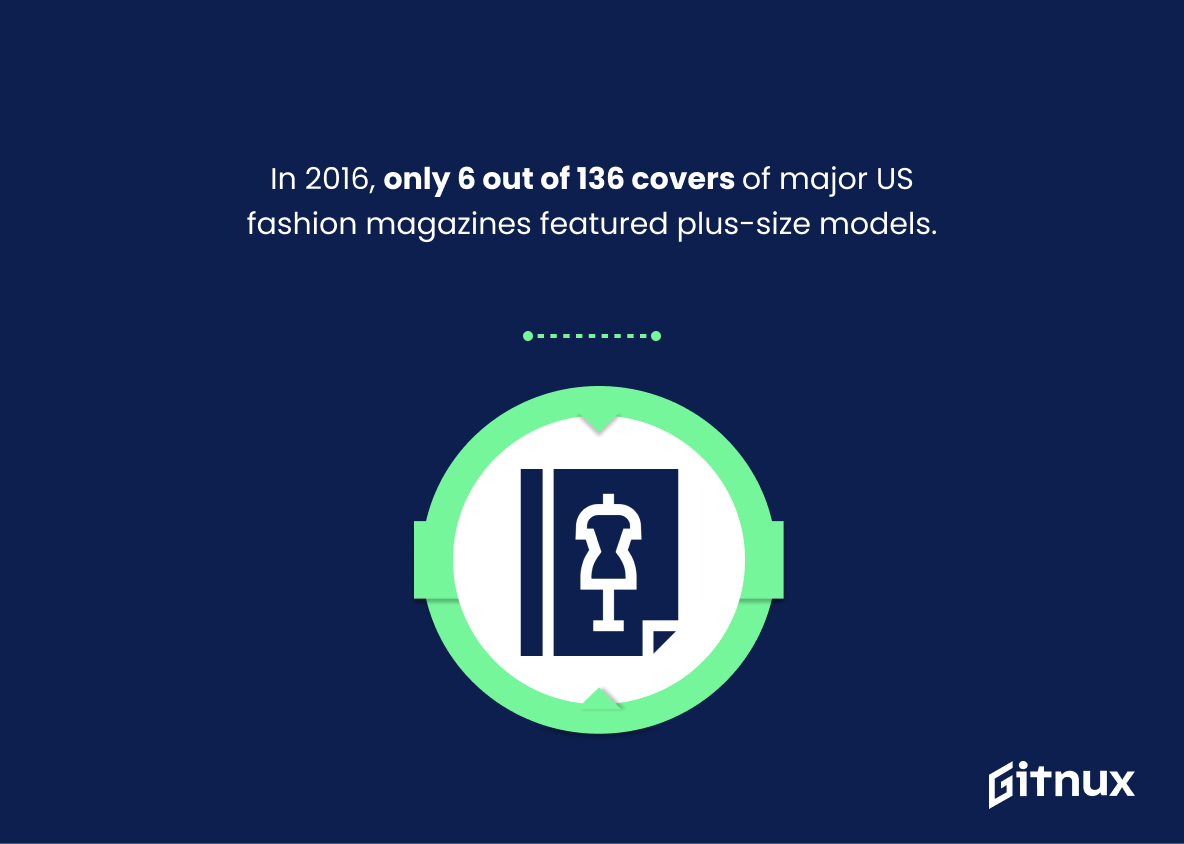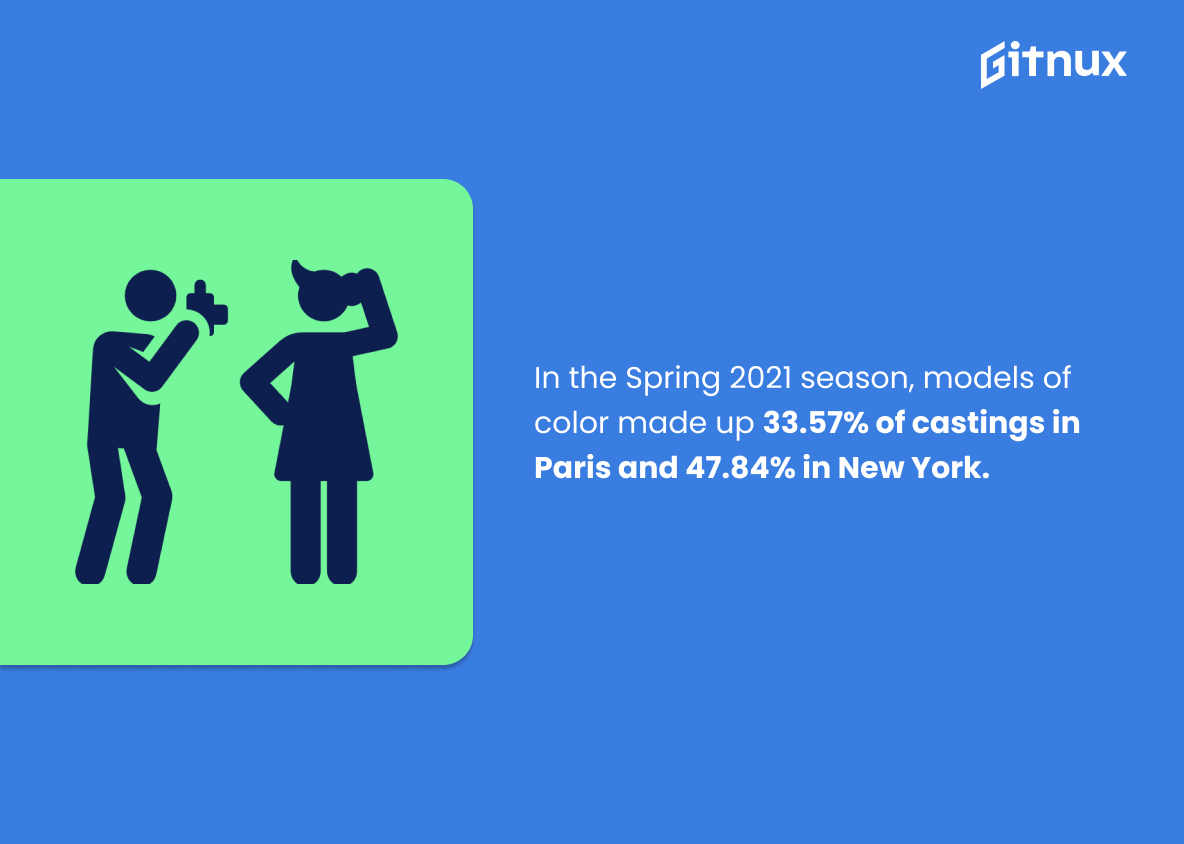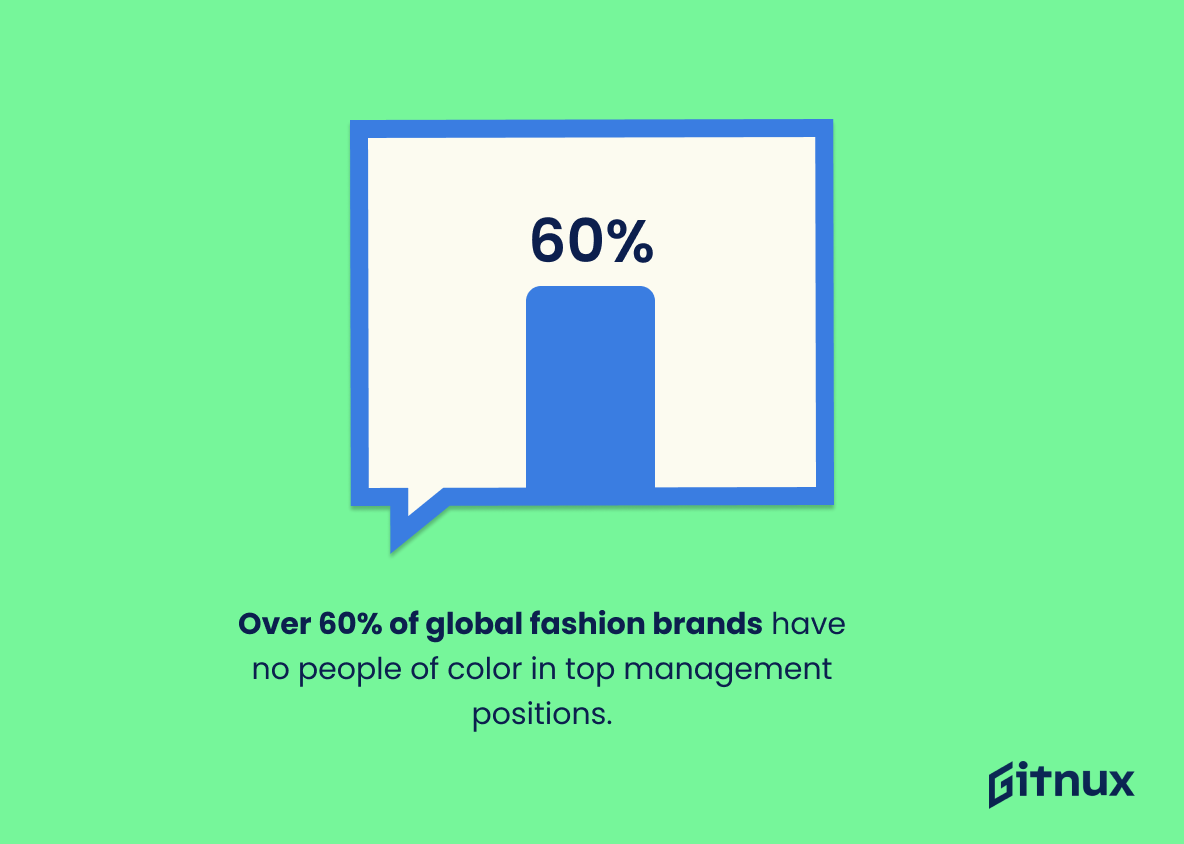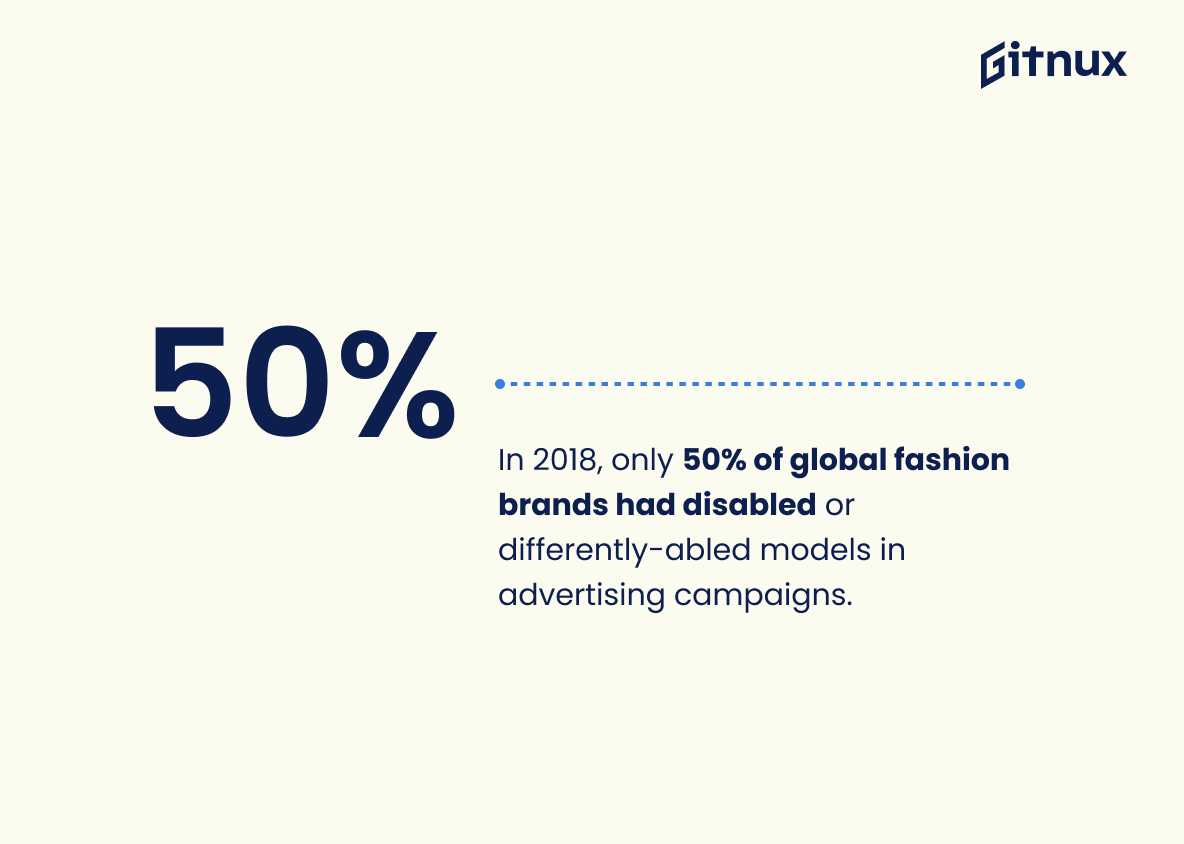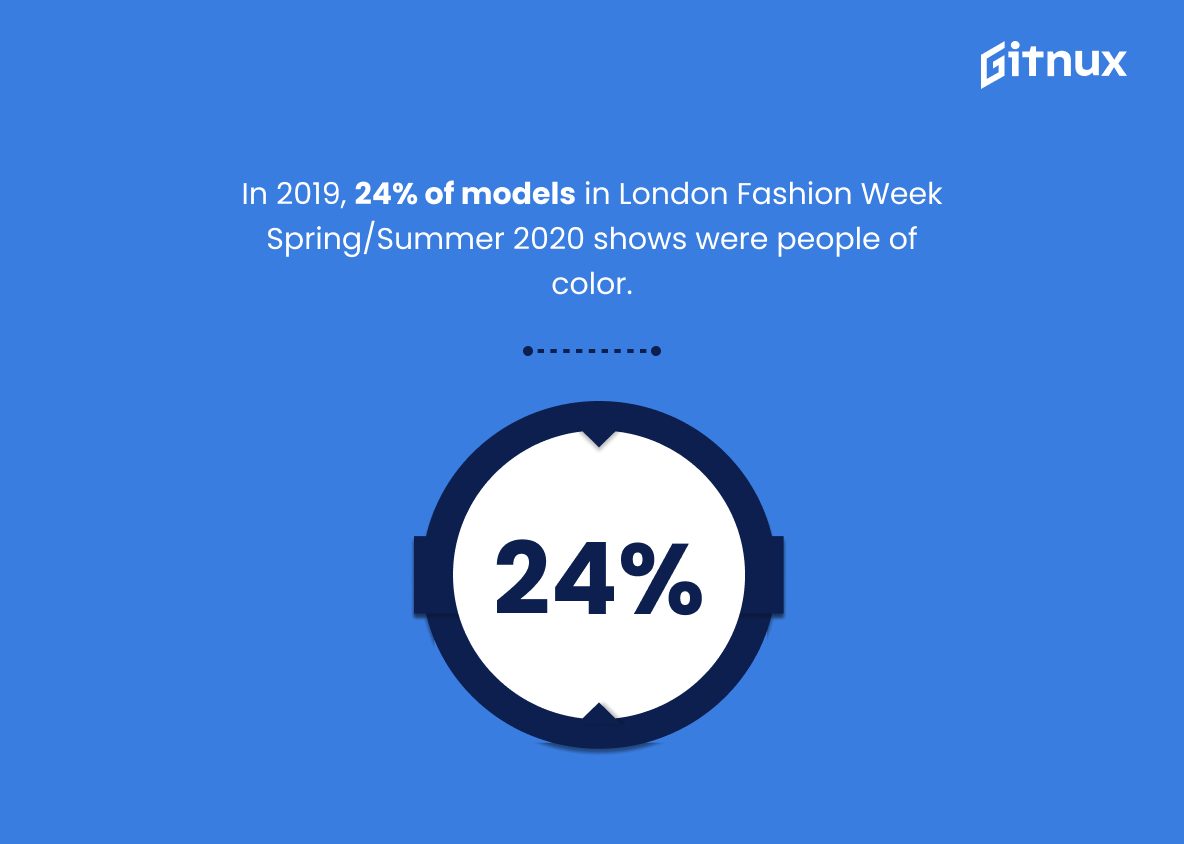The fashion industry has long been criticized for its lack of diversity. Despite the efforts made by many brands and organizations to promote inclusivity, statistics show that there is still a lot of work to be done when it comes to representation within the industry. This blog post will explore some key Diversity In The Fashion Industry Statistics from recent years, including data on models of color at New York Fashion Week, Black executives at Vice President (VP) and C-suite level positions, gender equality in board positions, white-only models featured in print campaigns, US fashion designers who are Black or African American; adaptive fashion trends catering towards individuals with disabilities; non-white models during London Fashion Week; transgender and non-binary model castings during Spring runway shows; plus size model covers on major US magazines; people of color featured in advertising campaigns globally; plus size model runways during NYFW combined with LFW/MFW/PFW seasons ; racial minorities employed across global fashion brands as well as top management positions held by them ; disabled or differently abled persons represented through ad campaigns worldwide ; older age groups featuring among creative directors & designers , CFDA members identifying themselves as black / african american etc . We hope this article helps shed light on how far we have come – but also how much further we need to go – when it comes to achieving true diversity within the world’s most influential industries.
This statistic is a stark reminder of the lack of diversity in the fashion industry. It highlights the fact that women are significantly underrepresented in board positions, which can lead to a lack of representation of their perspectives and interests in the industry. This can have a negative impact on the industry, as it can lead to a lack of innovation and creativity, as well as a lack of understanding of the needs of female consumers. This statistic is an important reminder of the need for greater diversity in the fashion industry, and the importance of creating an environment where all voices are heard and respected.
In 2016, 78.25% of fashion print campaigns featured white-only models.
This statistic is a stark reminder of the lack of diversity in the fashion industry. It highlights the fact that the majority of fashion print campaigns are still dominated by white-only models, leaving out people of color and other marginalized groups. This statistic is a call to action for the fashion industry to make a conscious effort to be more inclusive and representative of all people.
Diversity In The Fashion Industry Statistics Overview
0.29% of US fashion designers are Black.
This statistic is a stark reminder of the lack of diversity in the fashion industry. It highlights the fact that Black fashion designers are severely underrepresented in the US, and that the industry needs to take steps to create a more inclusive environment. This statistic is a call to action for the fashion industry to make a conscious effort to promote diversity and inclusion.
By 2020, the adaptive fashion industry, which caters to individuals with disabilities, is expected to be valued at nearly $400 billion.
This statistic is a testament to the immense potential of the adaptive fashion industry, which is dedicated to providing clothing and accessories to individuals with disabilities. It highlights the importance of diversity in the fashion industry, and how it can be a powerful force for positive change. It also shows that there is a growing demand for adaptive fashion, and that the industry is likely to continue to grow in the coming years. This is an encouraging sign for those who are passionate about promoting diversity in the fashion industry.
In 2017, only 32.5% of the models during London Fashion Week were non-white.
This statistic is a stark reminder of the lack of diversity in the fashion industry. It highlights the fact that the majority of models during London Fashion Week were white, which is indicative of the industry’s failure to embrace and represent people of all backgrounds. This statistic is a powerful reminder that the fashion industry needs to do more to promote diversity and inclusion.
In 2018, transgender and non-binary models made up 2.1% of castings in 2018’s Spring runway shows.
This statistic is a powerful reminder of the progress that still needs to be made in the fashion industry when it comes to diversity. It highlights the fact that transgender and non-binary models are still vastly underrepresented in the industry, and that there is still a long way to go before true inclusivity is achieved.
In 2016, only 6 out of 136 covers of major US fashion magazines featured plus-size models.
This statistic serves as a stark reminder of the lack of diversity in the fashion industry. With only 6 out of 136 covers featuring plus-size models, it is clear that the industry is not doing enough to represent all body types. This lack of representation can have a negative impact on how people view themselves and their body image. It is important for the fashion industry to recognize the importance of diversity and to make an effort to include more plus-size models in their campaigns.
In the Spring 2021 season, models of color made up 33.57% of castings in Paris and 47.84% in New York.
This statistic is a powerful testament to the progress that has been made in the fashion industry towards greater diversity. It shows that the industry is taking steps to ensure that models of color are represented in a more equitable way, with a significantly higher percentage of castings in New York than in Paris. This is an encouraging sign that the industry is taking steps to create a more inclusive environment for all.
Over 60% of global fashion brands have no people of color in top management positions.
This statistic is a stark reminder of the lack of diversity in the fashion industry. It highlights the fact that people of color are not being given the same opportunities as their white counterparts, and that the industry is still far from achieving true inclusivity. This statistic is a call to action for fashion brands to take steps to ensure that their top management positions are more representative of the diversity of their customer base.
In 2018, only 50% of global fashion brands had disabled or differently-abled models in advertising campaigns.
This statistic is a stark reminder of the lack of diversity in the fashion industry. It highlights the fact that despite the increasing awareness of the importance of diversity, many fashion brands are still not taking the necessary steps to ensure that disabled or differently-abled models are represented in their advertising campaigns. This statistic is a call to action for fashion brands to take the initiative and make a conscious effort to include disabled or differently-abled models in their campaigns.
In the Fall 2018 season, only 43 plus-size models walked the runway during New York, London, Milan, and Paris Fashion Weeks combined.
This statistic is a stark reminder of the lack of diversity in the fashion industry. With only 43 plus-size models walking the runway during the four major fashion weeks, it is clear that the industry is not doing enough to represent all body types. This lack of representation sends a message to people of all sizes that they are not welcome in the fashion world, which is a damaging message to send.
In 2019, 24% of models in London Fashion Week Spring/Summer 2020 shows were people of color.
This statistic is a powerful indicator of the progress being made in the fashion industry towards greater diversity. It shows that the industry is taking steps to ensure that people of color are represented in fashion shows, which is a positive sign for the future of the industry. This statistic is a reminder that the fashion industry is making strides towards inclusivity and that there is still more work to be done.
In 2020, The Council of Fashion Designers of America (CFDA) reported that only 13% of CFDA members identify as Black or African American.
This statistic is a stark reminder of the lack of diversity in the fashion industry. It highlights the fact that the industry is still largely dominated by white designers, despite the fact that the fashion industry is a global one. This lack of representation of Black and African American designers in the CFDA is indicative of the systemic racism that exists in the fashion industry, and it is an issue that needs to be addressed. This statistic is an important one to consider when discussing diversity in the fashion industry, as it serves as a reminder of the work that still needs to be done to ensure that all designers are represented and respected.
Conclusion
The statistics presented in this blog post demonstrate that the fashion industry still has a long way to go when it comes to achieving true diversity. Despite some progress, there is still an overwhelming lack of representation for people of color, women, plus-size models, transgender and non-binary individuals, disabled or differently abled persons and those aged 50+. It is clear that more needs to be done by fashion companies if they are serious about creating a truly diverse environment within their organizations.
References
0. – https://www.observer.com
1. – https://www.refinery29.com
2. – https://www.qz.com
3. – https://www.popsugar.com
4. – https://www.gq-magazine.co.uk
5. – https://www.theguardian.com
6. – https://www.commonobjective.co
7. – https://www.cfda.com
8. – https://www.thefashionspot.com
9. – https://www.mic.com
10. – https://www.vogue.co.uk
11. – https://www.forbes.com
12. – https://www.thefashionlaw.com
